The Difference Between Fashion and Style (and Why It Matters)
Fashion is a fleeting obsession; style is your permanent signature.
In the fashion world—and even in fashion journalism—we tend to use the words interchangeably. In doing so, the two words lose their intended purpose on opposite sides of the spectrum.
Fashion communicates what is in culture, while style is consistent branding.
When people talk about the difference between fashion and style, fashion is whittled down to trends. Trends are a huge part of it. Fashion is clearly defined as the collective trends and designs that are popular at a particular time, but fashion as it pertains to an individual is far more than that.
What is in fashion is influenced by what is in mainstream trends but, also, by demographics, psychographics, and geographic location. I doubt that you and your mother think that the same things are in fashion right now or even your brother. The athleisure that is popular in LA isn’t popular with the fur coat obsessed NYC girls.
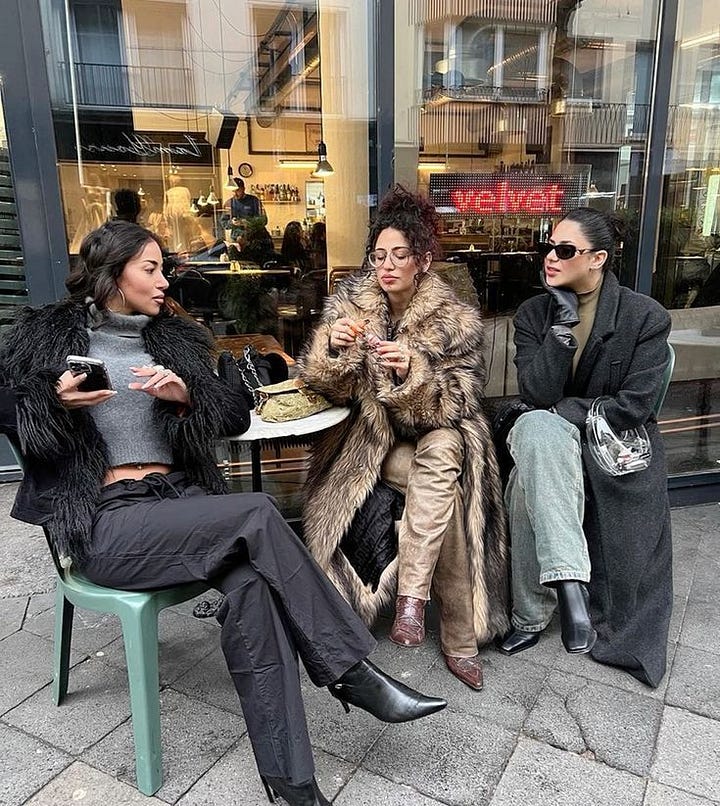
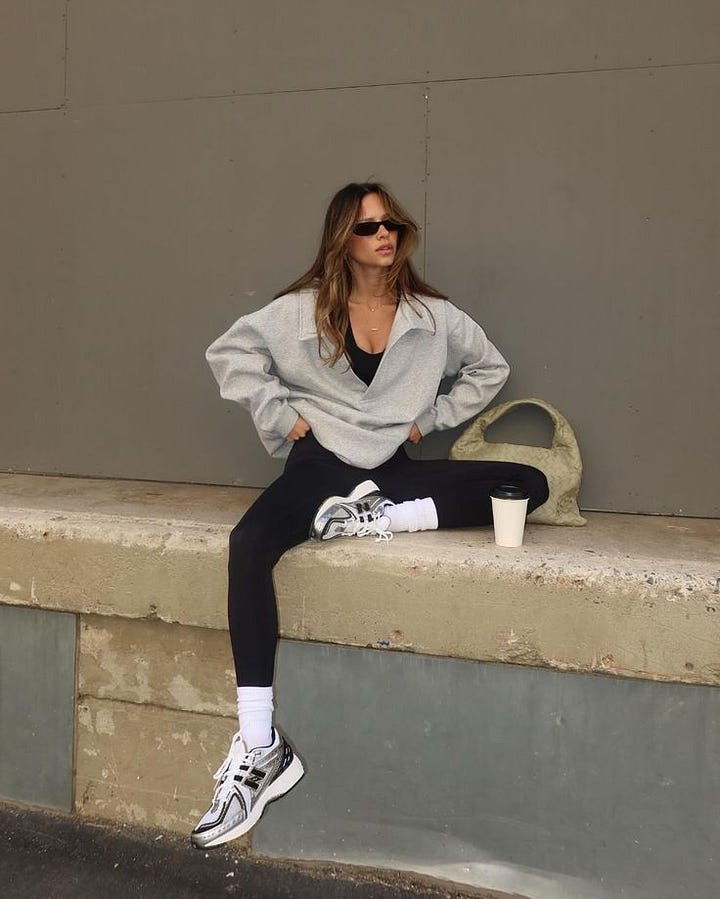
Most importantly, I’d argue our fashion is most influenced by our community. For me, sitting on campus as if I’m watching a runway show, my fashion is influenced by my peers at the Fashion Institute of Technology. Every time I see a cool outfit, I earmark it in my brain. This logic can be applied to anyone. If your friends only wear sweatpants and t-shirts to hang out, then you’ll be more inclined to dress similarly.
This is not only in friend groups. Fashion can be applied to culture like the hip-hop movement in the ‘90s where artists and consumers alike wore FUBU, baggy clothes, and designer labels to express their identity and connection to the culture.
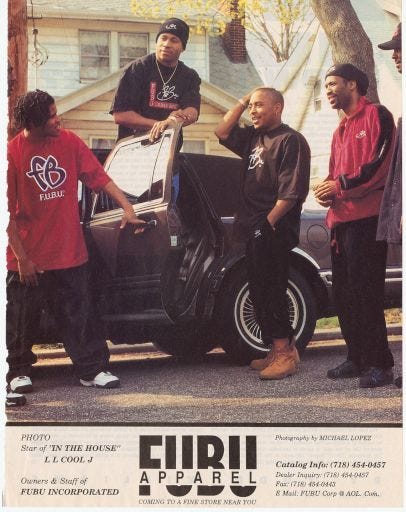
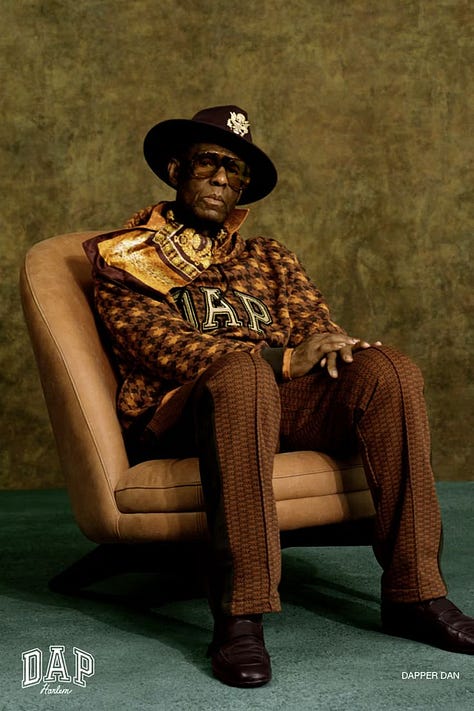
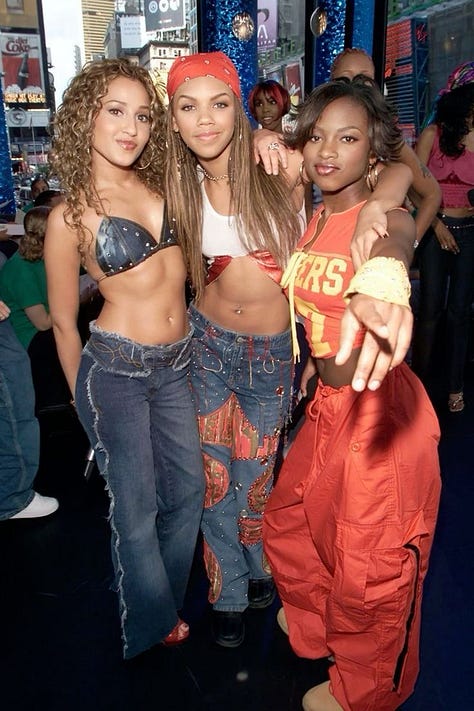
Fashion is about what’s in right now to an individual or community—maybe fashion to me is a new pair of red tights.
I kept seeing red tights everywhere. Every scroll on Pinterest revealed new ways to wear them, every stylish person on the street beckoned me to join the club. Finally, I gave in. When I started wearing them, red tights were what was in fashion. As I wore them with every outfit I could, long past the trend cycle expiration date, it became a part of my consistent branding—a part of my style.

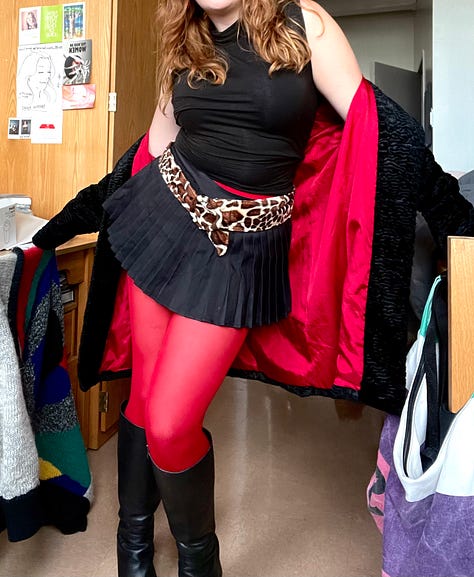
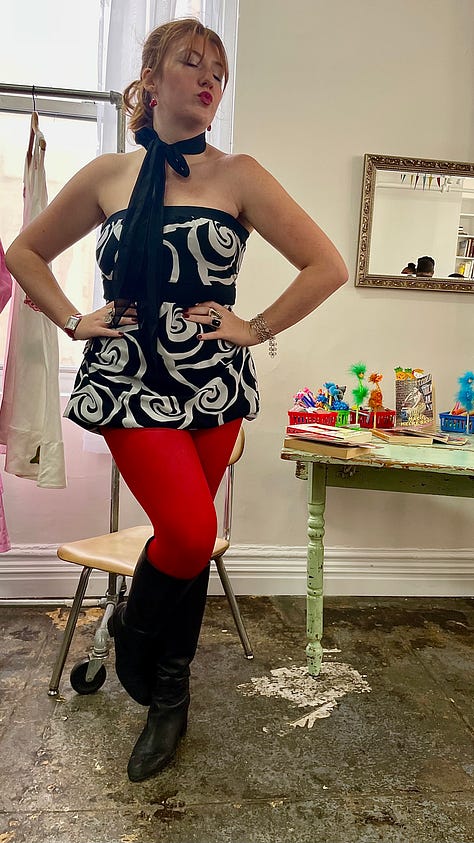
Style is earned. Style is unique. Style is consistent.
I’m sure you’ve heard the expression, style is timeless, but it’s never explained why. To create consistency—for fashion to earn a place in your style—it takes time and collecting.
On a grander scale, style—I would argue—is what we call aesthetics. It’s timeless associations of lifestyle within clothing such as minimalism, maximalism, preppy, or gothic.
While fashion and style are both forms of storytelling, fashion is the chapter, but style is the overarching story—a story that reflects not only who we are, but also where we’ve been and how we choose to move forward.



